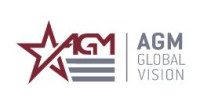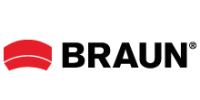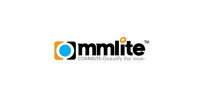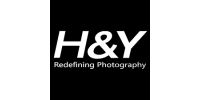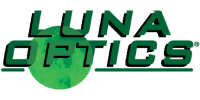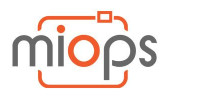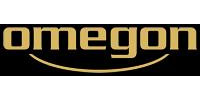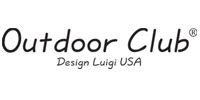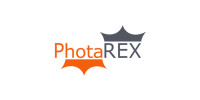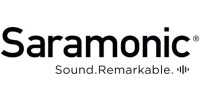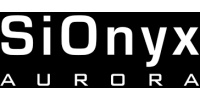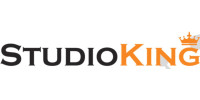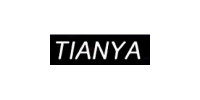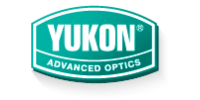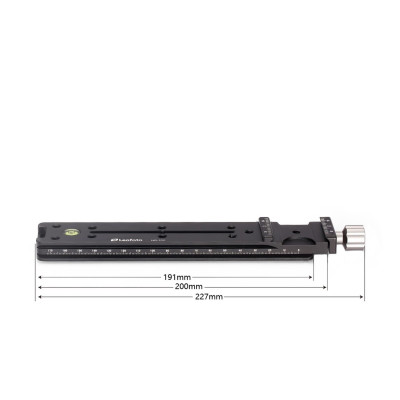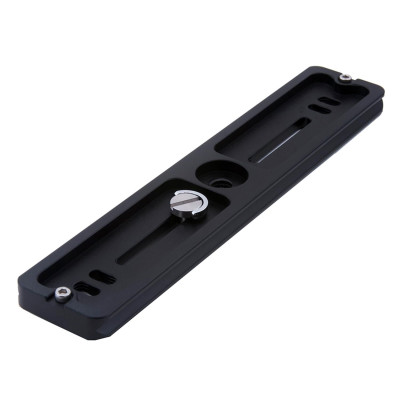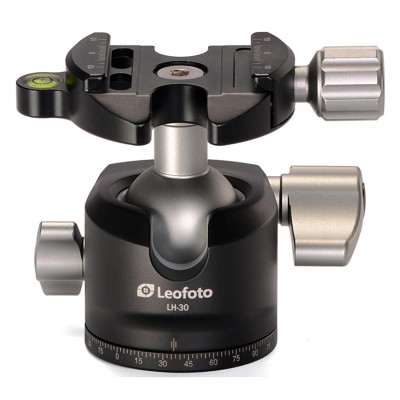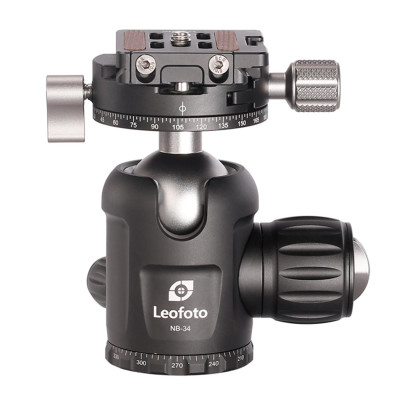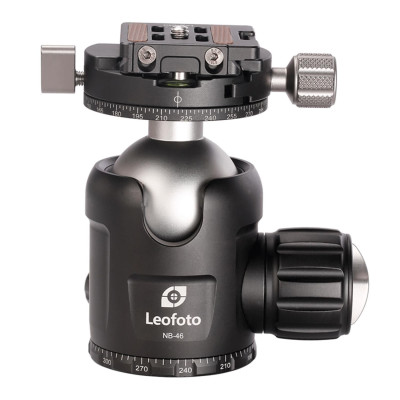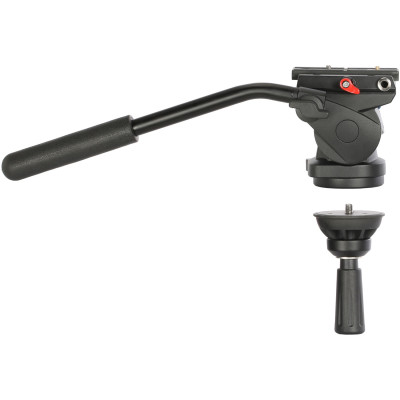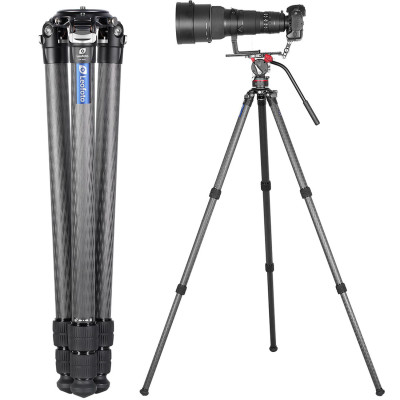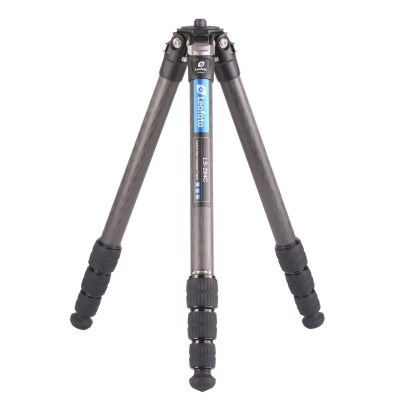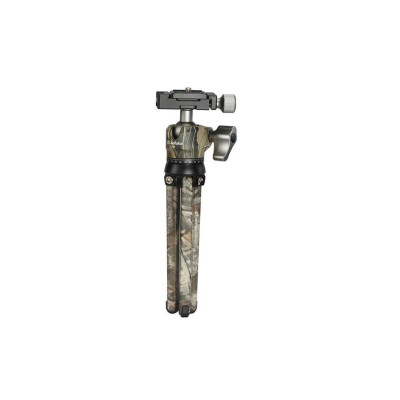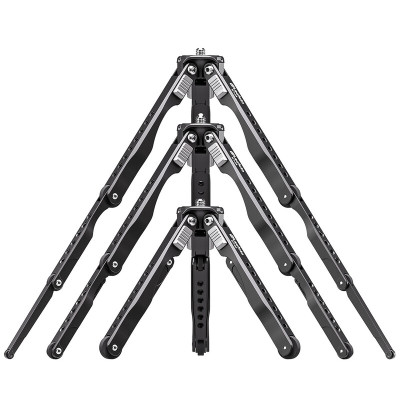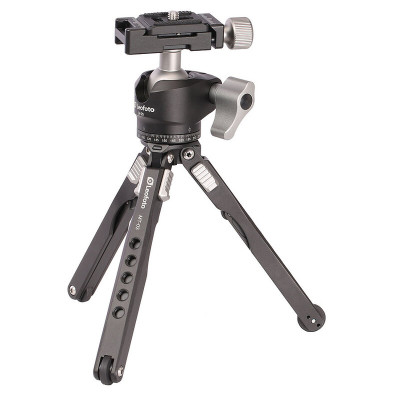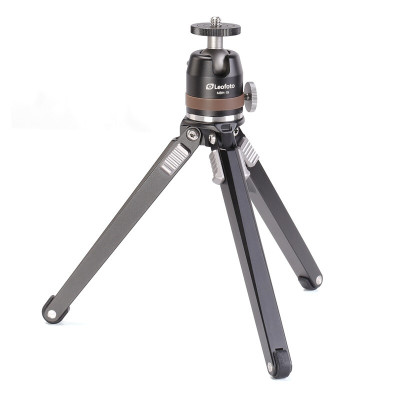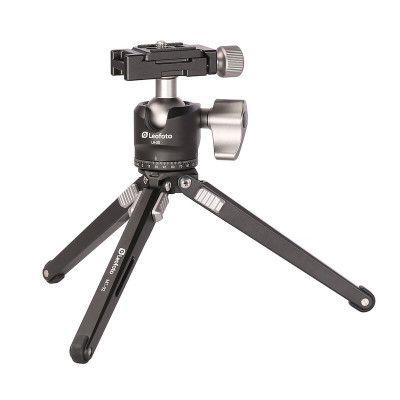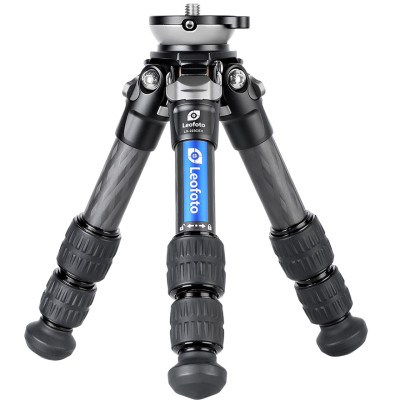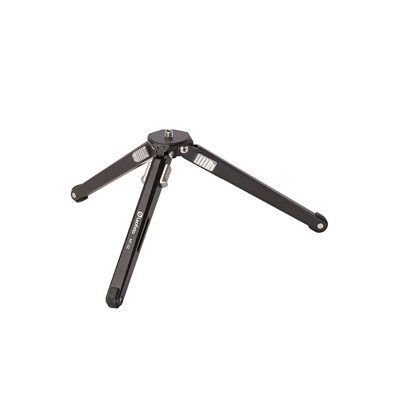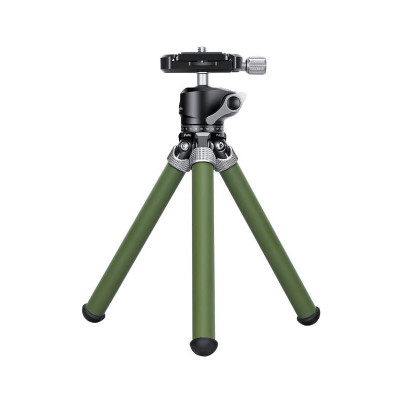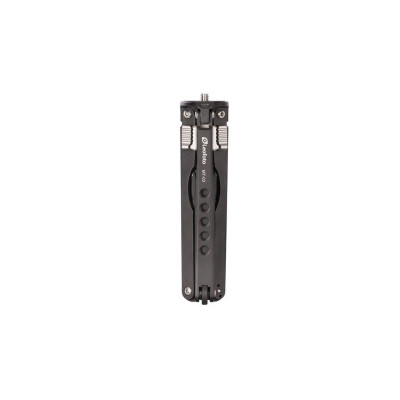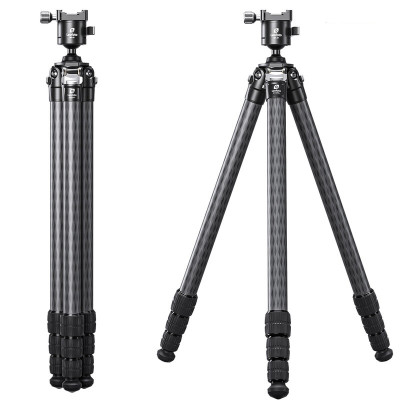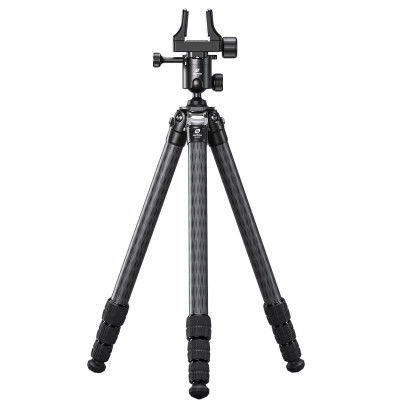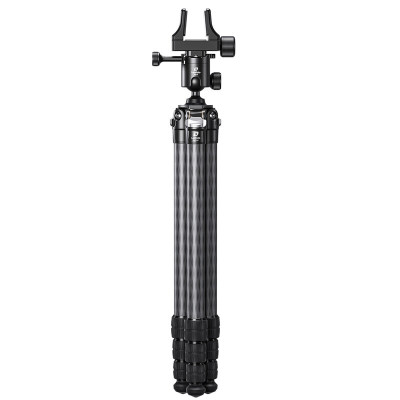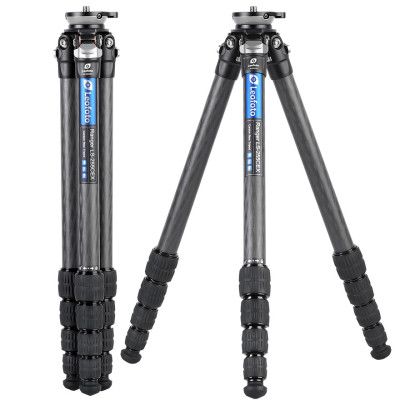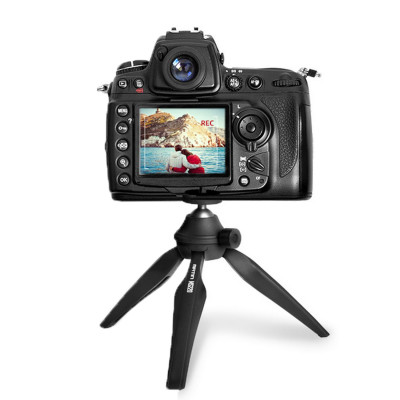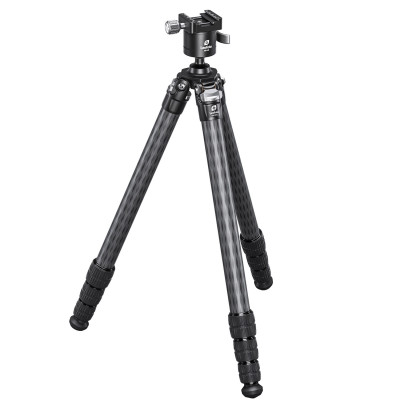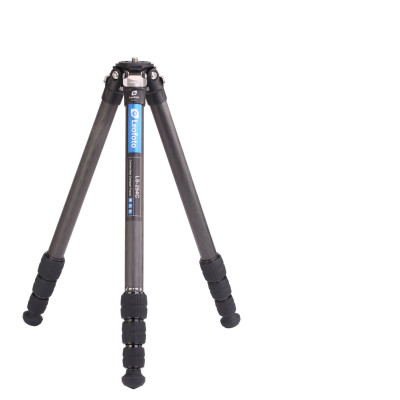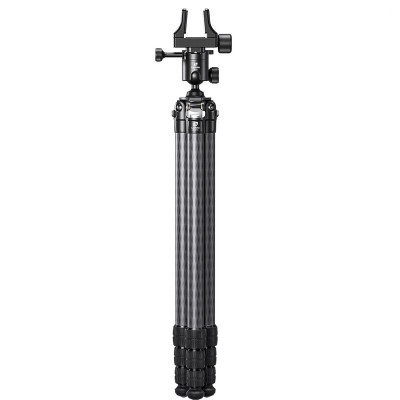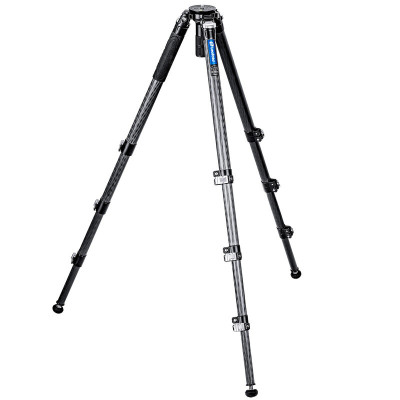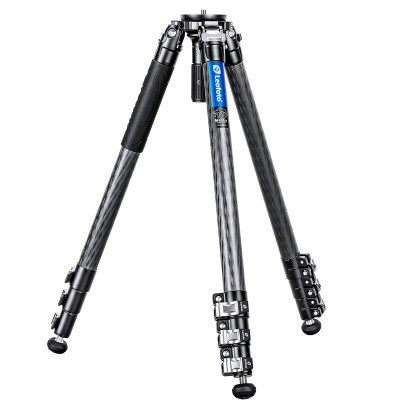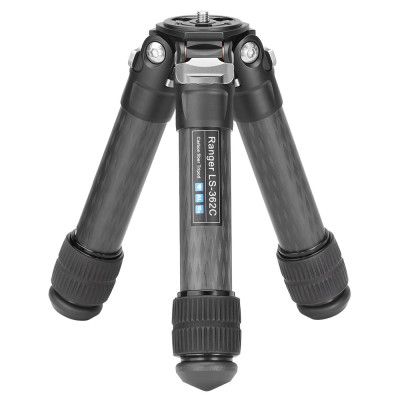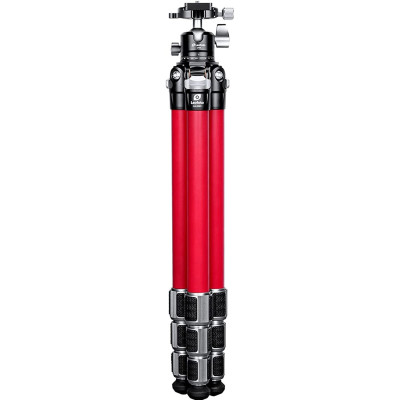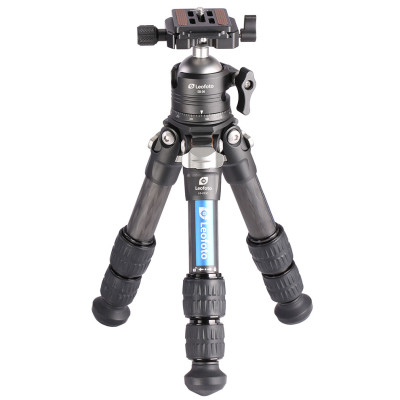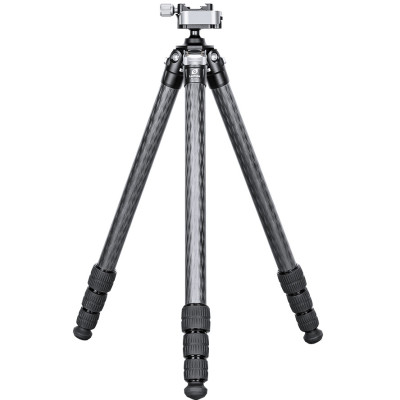QR-Plates
Leofoto
€ 39,00 *
- In Stock
-
Ready for shipment: 0 - 1 business days (DE - int. shipments may differ)
Leofoto
€ 17,90 *
- In Stock
-
Ready for shipment: 0 - 1 business days (DE - int. shipments may differ)
Leofoto
€ 22,90 *
- In Stock
-
Ready for shipment: 0 - 1 business days (DE - int. shipments may differ)
Leofoto
€ 60,00 *
- In Stock
-
Ready for shipment: 0 - 1 business days (DE - int. shipments may differ)
Leofoto
€ 85,00 *
Previous Price:
€ 92,00
- In Stock
-
Ready for shipment: 0 - 1 business days (DE - int. shipments may differ)
Leofoto
€ 19,90 *
- In Stock
-
Ready for shipment: 0 - 1 business days (DE - int. shipments may differ)
Leofoto
€ 12,90 *
- In Stock
-
Ready for shipment: 0 - 1 business days (DE - int. shipments may differ)
Tripod Heads
Leofoto
€ 129,00 *
- In Stock
-
Ready for shipment: 0 - 1 business days (DE - int. shipments may differ)
€ 159,00 *
Previous Price:
€ 179,00
- In Stock
-
Ready for shipment: 0 - 1 business days (DE - int. shipments may differ)
€ 229,00 *
Previous Price:
€ 249,00
- In Stock
-
Ready for shipment: 0 - 1 business days (DE - int. shipments may differ)
€ 169,00 *
- In Stock
-
Ready for shipment: 0 - 1 business days (DE - int. shipments may differ)
€ 179,00 *
- In Stock
-
Ready for shipment: 0 - 1 business days (DE - int. shipments may differ)
€ 199,00 *
- In Stock
-
Ready for shipment: 0 - 1 business days (DE - int. shipments may differ)
Leofoto
€ 199,00 *
- In Stock
-
Ready for shipment: 0 - 1 business days (DE - int. shipments may differ)
Tripods
Leofoto
€ 399,00 *
- In Stock
-
Ready for shipment: 0 - 1 business days (DE - int. shipments may differ)
Leofoto
€ 529,00 *
- In Stock
-
Ready for shipment: 0 - 1 business days (DE - int. shipments may differ)
€ 429,00 *
Previous Price:
€ 499,00
- In Stock
-
Ready for shipment: 0 - 1 business days (DE - int. shipments may differ)
€ 599,00 *
- In Stock
-
Ready for shipment: 0 - 1 business days (DE - int. shipments may differ)
Leofoto
€ 429,00 *
- In Stock
-
Ready for shipment: 0 - 1 business days (DE - int. shipments may differ)
€ 399,00 *
- In Stock
-
Ready for shipment: 0 - 1 business days (DE - int. shipments may differ)
Leofoto
€ 34,90 *
- In Stock
-
Ready for shipment: 0 - 1 business days (DE - int. shipments may differ)
Related Items
Leofoto
€ 80,00 *
- In Stock
-
Ready for shipment: 0 - 1 business days (DE - int. shipments may differ)
Leofoto
€ 145,00 *
Previous Price:
€ 159,00
- In Stock
-
Ready for shipment: 0 - 1 business days (DE - int. shipments may differ)
Leofoto
€ 169,00 *
- In Stock
-
Ready for shipment: 0 - 1 business days (DE - int. shipments may differ)
€ 129,00 *
- In Stock
-
Ready for shipment: 0 - 1 business days (DE - int. shipments may differ)
Leofoto
€ 139,00 *
- In Stock
-
Ready for shipment: 0 - 1 business days (DE - int. shipments may differ)
Leofoto
€ 89,00 *
- In Stock
-
Ready for shipment: 0 - 1 business days (DE - int. shipments may differ)
Leofoto
€ 26,90 *
- In Stock
-
Ready for shipment: 0 - 1 business days (DE - int. shipments may differ)
Leofoto
€ 95,00 *
- In Stock
-
Ready for shipment: 0 - 1 business days (DE - int. shipments may differ)
Leofoto
€ 72,00 *
- In Stock
-
Ready for shipment: 0 - 1 business days (DE - int. shipments may differ)
Leofoto
€ 96,00 *
- In Stock
-
Ready for shipment: 0 - 1 business days (DE - int. shipments may differ)
Leofoto
€ 80,00 *
- In Stock
-
Ready for shipment: 0 - 1 business days (DE - int. shipments may differ)
Leofoto
€ 96,00 *
- In Stock
-
Ready for shipment: 0 - 1 business days (DE - int. shipments may differ)
Leofoto
€ 159,00 *
- Supply Tiem 6-8 Weeks
Leofoto
€ 40,90 *
- In Stock
-
Ready for shipment: 0 - 1 business days (DE - int. shipments may differ)
Leofoto
€ 96,00 *
- In Stock
-
Ready for shipment: 0 - 1 business days (DE - int. shipments may differ)
Leofoto
€ 69,00 *
Previous Price:
€ 79,00
- In Stock
-
Ready for shipment: 0 - 1 business days (DE - int. shipments may differ)
Leofoto
€ 96,00 *
- In Stock
-
Ready for shipment: 0 - 1 business days (DE - int. shipments may differ)
Leofoto
€ 479,00 *
- Supply Tiem 6-8 Weeks
Leofoto
€ 339,00 *
- In Stock
-
Ready for shipment: 0 - 1 business days (DE - int. shipments may differ)
Leofoto
€ 80,00 *
- In Stock
-
Ready for shipment: 0 - 1 business days (DE - int. shipments may differ)
Leofoto
€ 469,00 *
- Supply Tiem 6-8 Weeks
€ 359,00 *
- Supply Tiem 6-8 Weeks
Leofoto
€ 309,00 *
- In Stock
-
Ready for shipment: 0 - 1 business days (DE - int. shipments may differ)
Matin
€ 24,95 *
- In Stock
-
Ready for shipment: 0 - 1 business days (DE - int. shipments may differ)
Leofoto
€ 429,00 *
- Supply Tiem 6-8 Weeks
Leofoto
€ 629,00 *
- In Stock
-
Ready for shipment: 0 - 1 business days (DE - int. shipments may differ)
Falcon Eyes
€ 9,95 *
- In Stock
-
Ready for shipment: 0 - 1 business days (DE - int. shipments may differ)
Leofoto
€ 439,00 *
- In Stock
-
Ready for shipment: 0 - 1 business days (DE - int. shipments may differ)
Leofoto
€ 599,00 *
- In Stock
-
Ready for shipment: 0 - 1 business days (DE - int. shipments may differ)
Leofoto
€ 299,00 *
- In Stock
-
Ready for shipment: 0 - 1 business days (DE - int. shipments may differ)
Leofoto
€ 599,00 *
- Supply Tiem 6-8 Weeks
Leofoto
€ 259,00 *
- In Stock
-
Ready for shipment: 0 - 1 business days (DE - int. shipments may differ)
Leofoto
€ 499,00 *
- In Stock
-
Ready for shipment: 0 - 1 business days (DE - int. shipments may differ)
Leofoto
€ 349,00 *
- Supply Tiem 6-8 Weeks
Leofoto
€ 539,00 *
- Supply Tiem 6-8 Weeks
Leofoto
€ 279,00 *
- In Stock
-
Ready for shipment: 0 - 1 business days (DE - int. shipments may differ)
Leofoto
€ 329,00 *
- In Stock
-
Ready for shipment: 0 - 1 business days (DE - int. shipments may differ)
Leofoto
€ 489,00 *
- Supply Tiem 6-8 Weeks
Leofoto
€ 479,00 *
- In Stock
-
Ready for shipment: 0 - 1 business days (DE - int. shipments may differ)
Leofoto
€ 179,00 *
- In Stock
-
Ready for shipment: 0 - 1 business days (DE - int. shipments may differ)
Leofoto
€ 519,00 *
- Supply Tiem 6-8 Weeks
Leofoto
€ 389,00 *
- In Stock
-
Ready for shipment: 0 - 1 business days (DE - int. shipments may differ)
Leofoto
€ 469,00 *
- In Stock
-
Ready for shipment: 0 - 1 business days (DE - int. shipments may differ)
Leofoto
€ 479,00 *
- In Stock
-
Ready for shipment: 0 - 1 business days (DE - int. shipments may differ)
Leofoto
€ 499,00 *
- Supply Tiem 6-8 Weeks
Leofoto
€ 179,00 *
- In Stock
-
Ready for shipment: 0 - 1 business days (DE - int. shipments may differ)
Leofoto
€ 149,00 *
- In Stock
-
Ready for shipment: 0 - 1 business days (DE - int. shipments may differ)
pcs.


